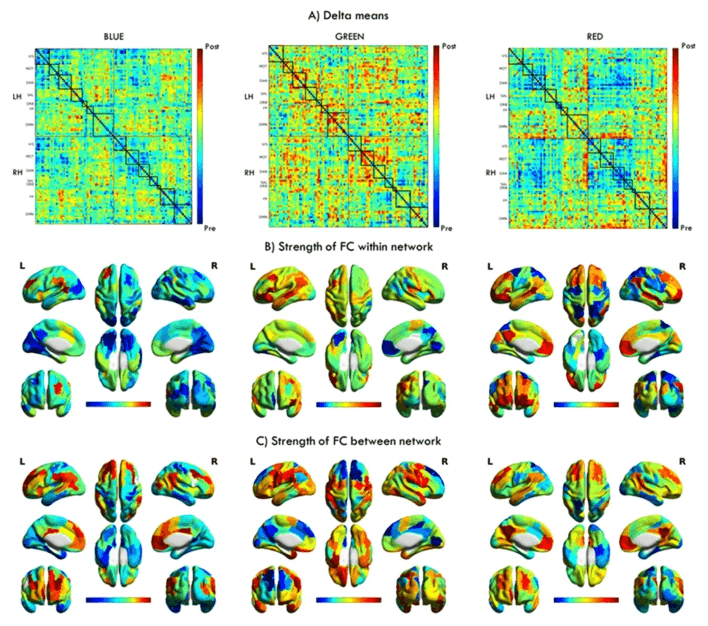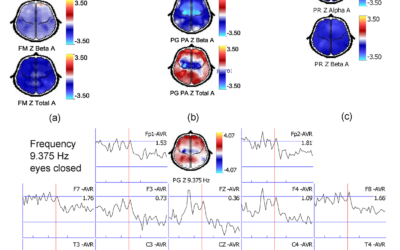This study demonstrates the effects of various light wavelengths on specific brain regions. It reveals that exposure to certain monochromatic wavelengths can influence non-visual areas of the brain. The findings suggest that light therapy can positively affect health issues like spring asthenia, circadian rhythm disruptions, and even bipolar disorders and Alzheimer’s disease. Furthermore, the research underscores the importance of supervised application of syntonic light therapy, emphasizing that it cannot be applied haphazardly. Research reference link.
Exploring the Effects of Light Therapy on Strabismus and Amblyopia and Its Impact on Brain Activity
Recent studies have increasingly demonstrated the effectiveness of light therapy in treating strabismus and amblyopia,...



